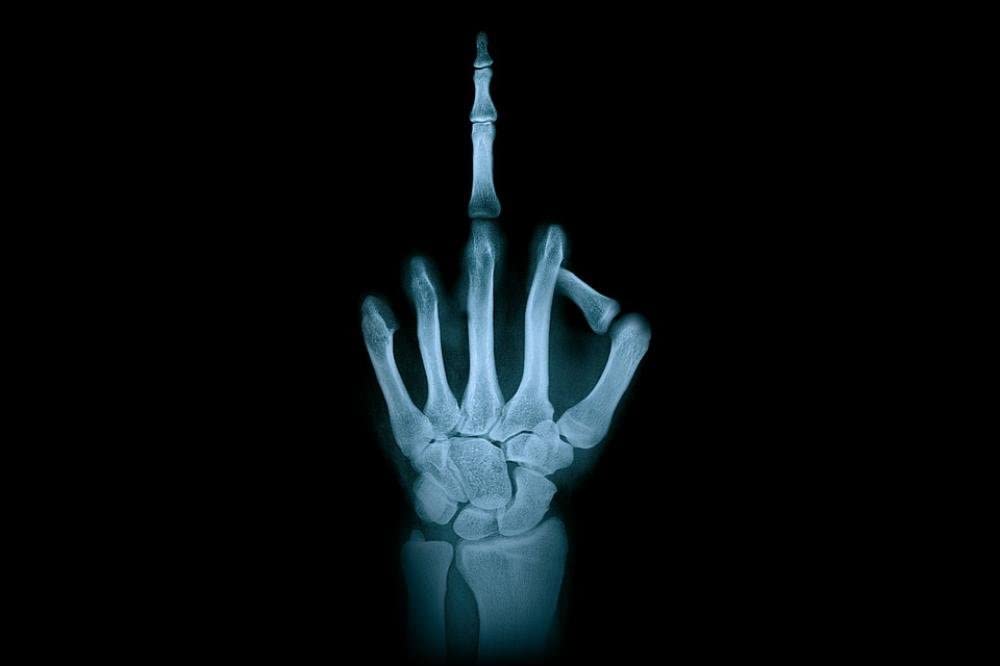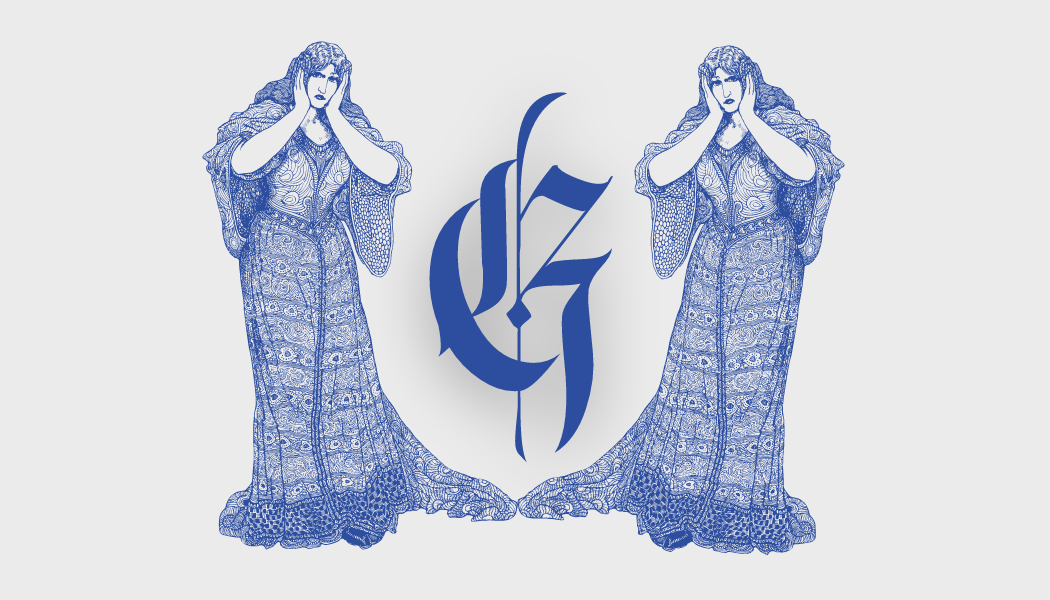Category: CREATURES
-
Complement receptor type 1 (CR1)
Complement receptor type 1 (CR1) also known as C3b/C4b receptor or CD35 (cluster of differentiation 35) is a protein that in humans is encoded by the CR1 gene. This gene is a member of the regulators of complement activation (RCA) family and is located in the ‘cluster RCA’ region of chromosome 1. The gene encodes a monomeric single-pass type I membrane glycoprotein found on erythrocytes, leukocytes, glomerular podocytes, hyalocytes, and splenic follicular dendritic…
-
Three-finger proteins and three-finger toxins
Three-finger proteins or three-finger protein domains (3FP or TFPD) are a protein superfamily consisting of small, roughly 60-80 amino acid residue protein domains with a common tertiary structure: three beta strand loops extended from a hydrophobic core stabilized by disulfide bonds. The family is named for the outstretched “fingers” of the three loops. Members of the family have no enzymatic activity, but are capable of forming protein-protein interactions with high specificity and affinity. The founding members of the…
-

A Mad Scientist’s Dream – Rumpless Chickens (and more)
Today, we delve into the bizarre phenomenon of rumpless chickens—a feathered marvel characterized by caudal dysplasia, or as some like to call it, the ultimate chicken makeover! These quirky birds are missing their pygostyle, that charming little appendage known as the “parson’s nose,” a mutation that defies nature itself. This peculiar trait is inherited through…
-
Effect of biotin deficiency on embryonic development in the domestic fowl (1944) with reference and cited by articles
The approximate biotin requirements of breeding hens have been established and the embryos examined for gross pathological symptoms and the approximate age at death are recorded. Cravens, W.W., W., & Sebesta, M.A. (1944). Effect of biotin deficiency on embryonic development in the domestic fowl. The Anatomical Record, 90. Reference articles Effect of Biotin on Reproduction in…
-

Isoleucine, Tryptophol, Sleeping Sickness, The Disulfiram Effect and One Trick Hypnotists From Hell
Isoleucine (symbol Ile or I) is an α-amino acid that is used in the biosynthesis of proteins. It contains an α-amino group (which is in the protonated −NH+3 form under biological conditions), an α-carboxylic acid group (which is in the deprotonated −COO− form under biological conditions), and a hydrocarbon side chain with a branch (a central carbon atom bound to three other carbon atoms). It is classified as a non-polar, uncharged (at physiological pH), branched-chain, aliphatic amino acid. It…
-

Biotin
BIOTIN Biotin is involved in a wide range of metabolic processes in humans and in other organisms, primarily related to the utilization of fats, carbohydrates, and amino acids. The name biotin, borrowed from the German Biotin, derives from the Ancient Greek βίοτος (bíotos; ‘life’) and the suffix “-in” (used in chemistry to indicate ‘forming’). AKA…
-
Tetramers and tetrameric protein
A tetramer is an oligomer formed from four monomers or subunits. The associated property is called tetramery. An example from inorganic chemistry is titanium methoxide with the empirical formula Ti(OCH3)4, which is tetrameric in solid state and has the molecular formula Ti4(OCH3)16. An example from organic chemistry is kobophenol A, a substance that is formed by combining four molecules of resveratrol. In biochemistry, it similarly refers to a biomolecule formed of four units, that are the…
-
Avidin is a tetrameric biotin-binding protein produced in the oviducts of birds, reptiles, amphibians
Dimeric members of the avidin family are also found in some bacteria. In chicken egg white, avidin makes up approximately 0.05% of total protein (approximately 1800 μg per egg). The tetrameric protein contains four identical subunits (homotetramer), each of which can bind to biotin (Vitamin B7, vitamin H) with a high degree of affinity and specificity. The dissociation constant of the avidin-biotin complex…
-
Thunderstones in European Folklore
In Scandinavia thunderstones were frequently worshiped as family gods who kept off spells and witchcraft. Beer was poured over them as an offering, and they were sometimes anointed with butter. In Switzerland the owner of a thunderstone whirls it, on the end of a thong, three times around his head, and throws it at the door of his dwelling at the approach of…
-
Albanians believed the supreme powers of thunderstones were formed during lightning strikes
Albanians believed in the supreme powers of thunderstones (kokrra e rrufesë or guri i rejës), which were believed to be formed during lightning strikes and to fall from the sky. Thunderstones were preserved in family life as important cult objects. It was believed that bringing them inside the house would bring good fortune, prosperity, and progress to people, especially in livestock and agriculture,…
-

Humans have been interested in echinoid fossils (the fossilised remains of sea urchins) for millennia, considering them lucky and imbuing them with magical powers linked to their deities
A folk tradition in Denmark and southern England imagined sea urchin fossils to be thunderbolts, able to ward off harm by lightning or by witchcraft, as an apotropaic symbol. Another version supposed they were petrified eggs of snakes, able to protect against heart and liver disease, poisons, and injury in battle, and accordingly they were carried as amulets. These were,…
-
Von Willebrand factor (VWF) is a large multimeric glycoprotein present in blood plasma and produced constitutively as ultra-large VWF in endothelium (in the Weibel–Palade bodies), megakaryocytes (α-granules of platelets), and subendothelial connective tissue
Von Willebrand factor (VWF) is a blood glycoprotein that promotes hemostasis, specifically, platelet adhesion. It is deficient and/or defective in von Willebrand disease and is involved in many other diseases, including thrombotic thrombocytopenic purpura, Heyde’s syndrome, and possibly hemolytic–uremic syndrome. Increased plasma levels in many cardiovascular, neoplastic, metabolic (e.g. diabetes), and connective tissue diseases are presumed to arise from adverse changes to the endothelium, and may predict an increased…
-
Ectodomain Shedding & Sheddases & a whole bunch of Adams
An ectodomain is the domain of a membrane protein that extends into the extracellular space (the space outside a cell). Ectodomains are usually the parts of proteins that initiate contact with surfaces, which leads to signal transduction. A notable example of an ectodomain is the S protein, commonly known as the spike protein, of the viral particle responsible for the COVID-19 pandemic. The ectodomain region of the…
-
The NACHT domain consists of seven distinct conserved motifs, including the ATP/GTPase specific P-loop, the Mg2+-binding site (Walker A and B motifs, respectively) and five more specific motifs
The NACHT domain is an evolutionarily conserved protein domain. This NTPase domain is found in apoptosis proteins as well as those involved in MHC transcription. Its name reflects some of the proteins that contain it: NAIP (NLP family apoptosis inhibitor protein), CIITA (that is, C2TA or MHC class II transcription activator), HET-E (incompatibility locus protein from Podospora anserina) and TEP1 (that is, TP1 or telomerase-associated protein). The NACHT domain contains 300 to 400 amino acids. It is…
-
Nuclear factor erythroid 2-related factor 1 – since NFE2L1 is referred to as Nrf1, it is often confused with nuclear respiratory factor 1 (Nrf1)
Glutathione Local Links Nuclear factor erythroid 2-related factor 1 Local Links Reference for subtitle: Finamor IA, Bressan CA, Torres-Cuevas I, Rius-Pérez S, da Veiga M, Rocha MI, Pavanato MA, Pérez S. Long-Term Aspartame Administration Leads to Fibrosis, Inflammasome Activation, and Gluconeogenesis Impairment in the Liver of Mice. Biology. 2021; 10(2):82. https://doi.org/10.3390/biology10020082 Nuclear factor erythroid 2-related…
Recent Posts
- 🧬 Disease Table with Low Sodium Connection
- 🧂 Sodium Reduction and Sodium Replacement: A History of Reformulation and Exploding Diseases, Including Many Diseases Unheard of Before Deadly Sodium Policies
- 🧂 The DEADLY 1500 mg Sodium Recommendation predates the WHO’s formal global sodium reduction push by nearly a decade (and it’s even worse than that)
- 🧬 What Is Beta-Glucuronidase?
- When Sugar Was Salt: Crystalline Confusion and the Covenant of Sweetness
Tags
ADAM ASPARTAME Birds Blood Bones Brain Bugs Cancer Columba Cows crystallography Death Death cults Eggs Etymology Gastrin Gold Growth hormone History Hormones Insulin Liver Mere Perplexity Metal Monkey Business Mythology Paracetamol Plants Poison Pregnancy Protein Religion Reproduction Rocks Salt Slavery Snakes Sodium the birds and the bees Thiocyanate Tobacco Tylenol Underworld Venom zinc

